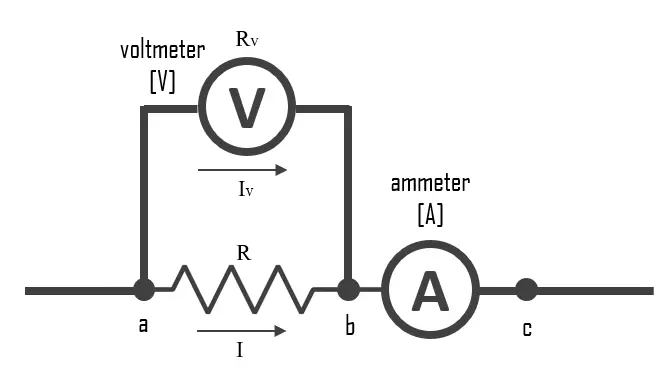Explore Ohm’s Law fundamentals, its equation, variables, applications, and limitations, along with a practical calculation example.
Introduction to Ohm’s Law
Ohm’s Law is a fundamental principle in the field of electronics and electrical engineering. It describes the relationship between voltage, current, and resistance in a conductive material, providing valuable insights into the behavior of electrical circuits.
The Equation and Its Variables
The equation for Ohm’s Law is as follows:
V = I * R
Where:
- V represents voltage, measured in volts (V)
- I stands for current, measured in amperes (A)
- R is the resistance, measured in ohms (Ω)
Understanding the Variables
Voltage (V) is the electrical potential difference between two points in a circuit. It is the driving force behind the movement of electrons, causing current to flow. Current (I) is the rate of flow of electric charge through a conductor, measured in amperes (A). Resistance (R) is a property of the conductor that opposes the flow of electric current, resulting in the dissipation of energy as heat.
Applications of Ohm’s Law
Ohm’s Law plays a crucial role in analyzing and designing electrical circuits. Some common applications include:
- Determining the value of a resistor needed to limit the current in a circuit
- Finding the voltage drop across a component in a circuit
- Calculating the power dissipation of a resistor
- Analyzing the behavior of a circuit when component values or operating conditions change
Limitations of Ohm’s Law
While Ohm’s Law is widely applicable, it does have its limitations. It is important to note that it only applies to linear, time-invariant components (such as resistors) and may not accurately describe the behavior of non-linear components (like diodes) or time-varying components (like inductors or capacitors). Additionally, the relationship between voltage and current may not remain constant in some materials, such as semiconductors, where temperature or other factors can affect resistance.
Conclusion
In summary, Ohm’s Law is a fundamental equation in electrical engineering, providing a simple yet powerful tool for understanding the relationship between voltage, current, and resistance. Its applications are vast, ranging from circuit analysis to component selection. While it has some limitations, its widespread use and importance in the field of electronics cannot be overstated.
Example of an Ohm’s Law Calculation
Let’s consider a simple example to demonstrate the application of Ohm’s Law in calculating the current flowing through a resistor.
Suppose we have a resistor with a resistance of 1000Ω (1kΩ) connected to a 12V power source. We want to find the current (I) flowing through the resistor.
Using the Ohm’s Law equation, V = I * R, we can rearrange the equation to solve for current:
I = V / R
Now, plug in the values:
I = 12V / 1000Ω
Perform the calculation:
I = 0.012A
So, the current flowing through the 1000Ω resistor connected to a 12V power source is 0.012A or 12mA.



